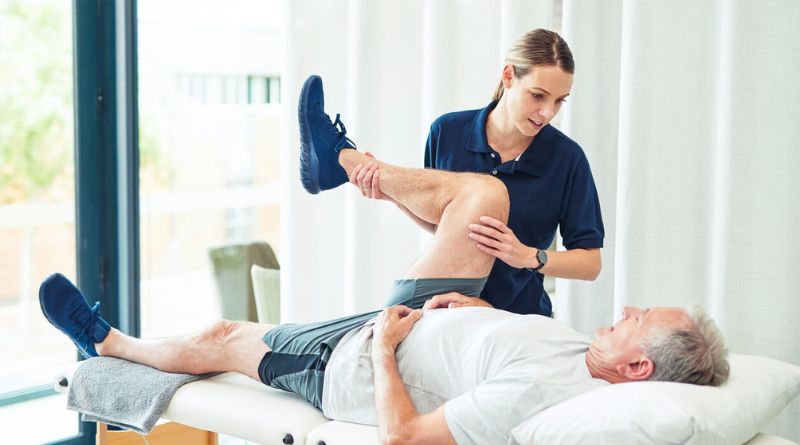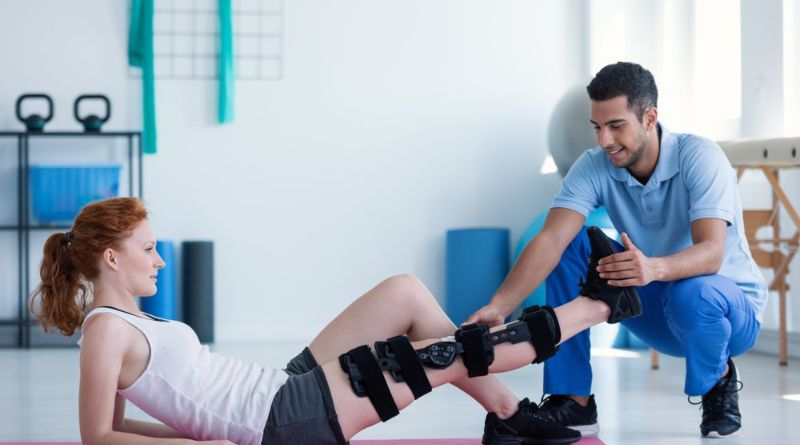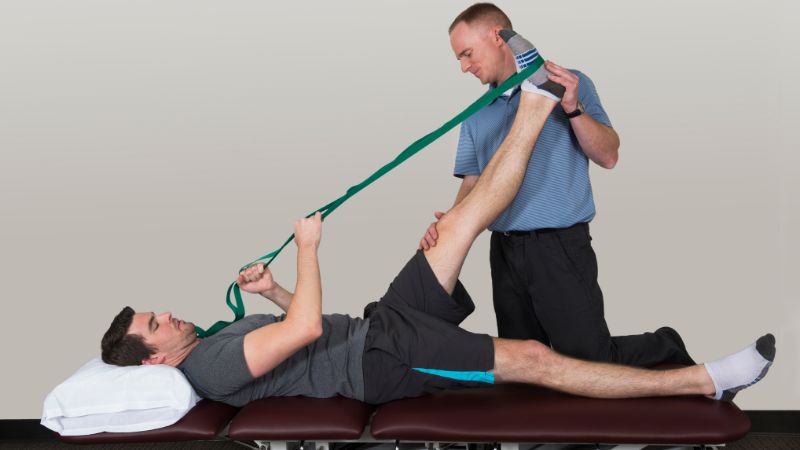Best Physical Therapy for Scoliosis Management – Discover how physical therapy can effectively manage scoliosis, a condition characterized by abnormal curvature of the spine. Physical therapy plays a crucial role in improving posture, reducing pain, and enhancing overall quality of life for individuals with scoliosis. Through targeted exercises, manual therapy techniques, and personalized treatment plans, physical therapists aim to strengthen muscles, increase flexibility, and correct spinal alignment. By addressing the root causes of scoliosis-related issues, such as muscle imbalance and spinal curvature, therapy sessions can help prevent further progression of the condition and alleviate associated discomfort. This blog explores the top benefits of physical therapy in scoliosis management, offering insights into how these therapeutic interventions can empower individuals to lead active and pain-free lives.
8 Best Physical Therapy for Scoliosis Management
1. Customized Exercise Programs

Physical therapy for scoliosis management often begins with the development of customized exercise programs tailored to individual needs. These programs typically include specific stretches and strengthening exercises aimed at improving spinal flexibility and muscle strength. For instance, exercises focusing on the core muscles and muscles along the spine help stabilize and support the spine’s curvature. Physical therapists may incorporate techniques like the Schroth method, which utilizes three-dimensional exercises to correct asymmetrical muscle patterns associated with scoliosis. By adhering to a consistent exercise regimen under the guidance of a therapist, individuals with scoliosis can potentially reduce discomfort and improve overall spinal function.
Read Also- 9 Best Physical Therapy Techniques for Sports Injuries
2. Manual Therapy Techniques
Manual therapy techniques play a significant role in scoliosis management by addressing muscle tension, joint stiffness, and pain associated with spinal curvature. Physical therapists use hands-on techniques such as soft tissue mobilization, joint mobilization, and myofascial release to release tight muscles and improve spinal alignment. Manual therapy helps enhance the effectiveness of exercise programs by preparing the body for movement, promoting relaxation, and improving range of motion in affected areas. It can also alleviate muscle spasms and reduce pain, enabling individuals with scoliosis to engage more comfortably in daily activities and therapeutic exercises.
3. Postural Training and Education
Postural training and education are essential components of physical therapy for scoliosis management. Therapists educate individuals about proper body mechanics and ergonomics to maintain optimal spinal alignment throughout daily activities. They provide guidance on sitting, standing, and lifting techniques that minimize strain on the spine and support overall spinal health. Postural training aims to improve awareness of body alignment and encourage habits that promote better posture, which can help reduce the progression of spinal curvature and alleviate associated symptoms over time. By incorporating these principles into daily routines, individuals can actively participate in their own scoliosis management and maintain the benefits gained from physical therapy.
4. Breathing Exercises
Breathing exercises are often integrated into physical therapy programs for scoliosis management, particularly using techniques derived from the Schroth method. These exercises focus on improving respiratory function and promoting better lung capacity by expanding the chest cavity and facilitating deeper breathing patterns. Proper breathing techniques not only enhance oxygenation but also contribute to improved posture and spinal stability. Therapists guide individuals through exercises that emphasize diaphragmatic breathing and rib mobilization, which can help correct asymmetrical breathing patterns associated with scoliosis and enhance overall respiratory efficiency.
5. Functional Training

Functional training is crucial in physical therapy for scoliosis management as it focuses on improving everyday movements and activities. Therapists design functional exercises that mimic real-life scenarios to strengthen muscles used during daily tasks while maintaining proper spinal alignment. By incorporating functional movements such as bending, lifting, and twisting into rehabilitation exercises, individuals with scoliosis can enhance muscle coordination, improve balance, and reduce the risk of injury. Functional training not only supports rehabilitation but also promotes independence and confidence in performing daily activities despite the challenges posed by scoliosis.
6. Pain Management Strategies
Effective pain management strategies are integral to physical therapy for scoliosis, especially for individuals experiencing discomfort related to spinal curvature. Therapists employ various modalities such as heat or cold therapy, electrical stimulation, and ultrasound to reduce pain and inflammation in affected areas. They also educate patients on self-management techniques like proper use of heat or ice packs and gentle stretching to alleviate acute pain episodes. By addressing pain symptoms early and implementing personalized pain management plans, physical therapists help improve quality of life and enable individuals with scoliosis to engage more fully in their rehabilitation program.
7. Monitoring and Progress Evaluation
Physical therapists closely monitor progress and evaluate the effectiveness of treatment plans throughout scoliosis management. Regular assessments allow therapists to adjust exercise intensity, modify techniques, and track improvements in spinal curvature, muscle strength, and functional abilities. Objective measurements, such as range of motion tests and posture assessments, provide valuable insights into treatment outcomes and guide adjustments to therapy goals. By maintaining open communication and collaboration with patients, therapists ensure that treatment plans remain responsive to individual needs and support ongoing progress towards optimal spinal health.
8. Patient Education and Empowerment

Patient education is a cornerstone of physical therapy for scoliosis management, empowering individuals to take an active role in their own rehabilitation journey. Therapists educate patients about the nature of scoliosis, treatment options, and realistic expectations for recovery. They provide guidance on lifestyle modifications, ergonomic principles, and home exercises to reinforce therapeutic gains and promote long-term spinal health. Through education, individuals gain the knowledge and skills necessary to manage their condition effectively, make informed decisions about their health, and maintain improvements achieved through physical therapy. This collaborative approach fosters confidence and independence in managing scoliosis, enhancing overall well-being and quality of life.
Conclusion
In conclusion, physical therapy offers valuable support for managing scoliosis by focusing on strengthening muscles, improving flexibility, and enhancing overall spinal health. While it cannot reverse the curvature of the spine, physical therapy helps alleviate pain, improve posture, and enhance quality of life for individuals with scoliosis. By working closely with a physical therapist and following a personalized treatment plan, individuals can effectively manage symptoms and maintain spinal function. Invest in your spinal health today with the guidance of a skilled physical therapist to achieve better mobility and comfort in daily life.
FAQs
Can physical therapy reduce the curvature of the spine in scoliosis?
While physical therapy cannot reverse the curvature of the spine in scoliosis, it can help manage symptoms and improve spinal alignment. Therapeutic exercises and techniques focus on strengthening muscles around the spine, improving flexibility, and promoting better posture, which can alleviate pain and discomfort associated with scoliosis.
What exercises are recommended in physical therapy for scoliosis management?
Physical therapy for scoliosis management often includes a combination of stretching exercises to improve flexibility and strengthen muscles, especially core and back muscles. Therapists may also use techniques such as Schroth method exercises.





